Amid the lush landscapes and serene beauty of American wetlands, a massive migration has slowly but surely taken shape: the invasion of gargantuan toads, remaking both the flora and fauna of these vital ecosystems. These amphibians, colossal in size and impact, have reshaped conversations around biodiversity, environmental balance, and conservation efforts. In this informative dive, we explore the various dimensions of this grand toad invasion, unraveling its causes, effects, and lessons for future environmental stewardship.
Meet the Invasive Giant: An Introduction
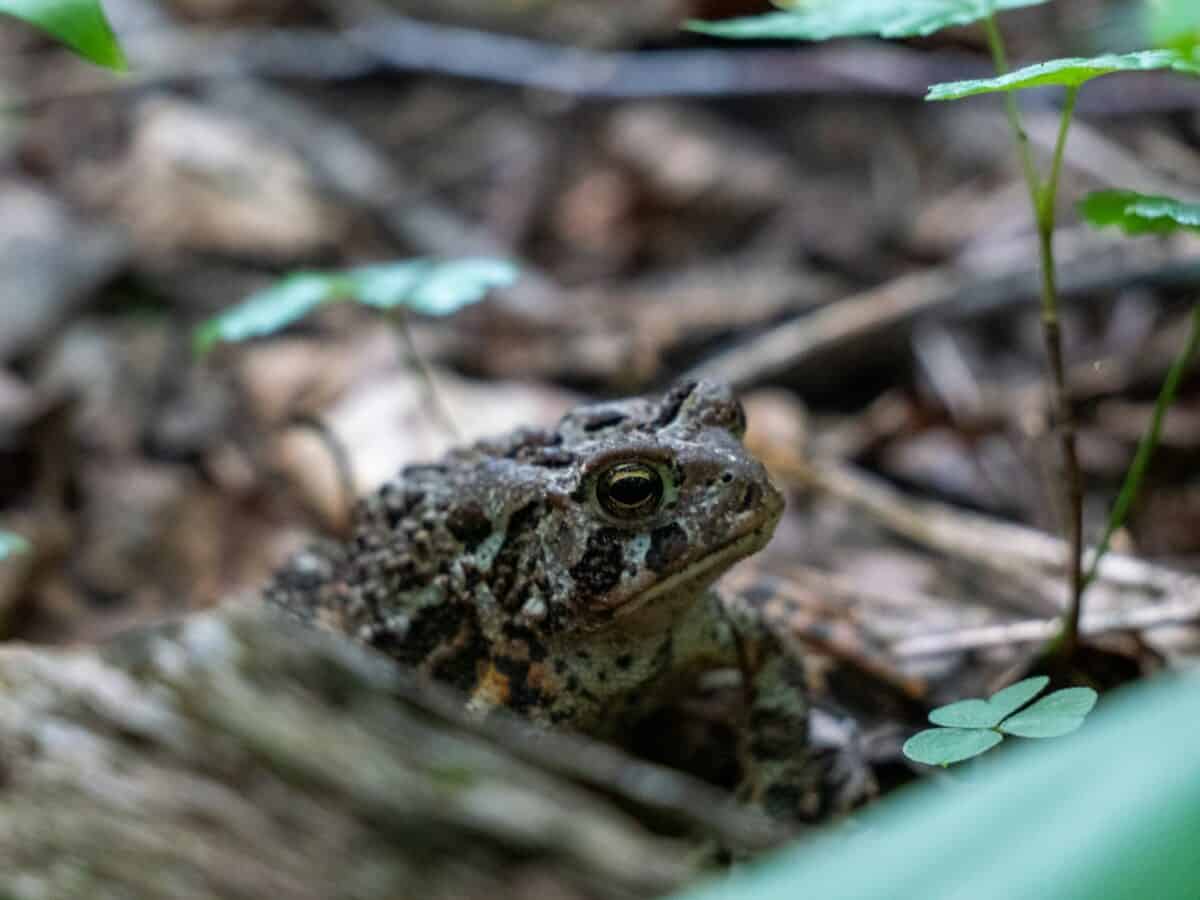
At the heart of this phenomenon lies the cane toad (Rhinella marina), a creature renowned not just for its prodigious size but also its far-reaching impact on environments it enters. Originating from Central and South America, these amphibians were initially introduced into the United States with good intentions, yet the outcome was far from anticipated.
A Brief History of Cane Toads
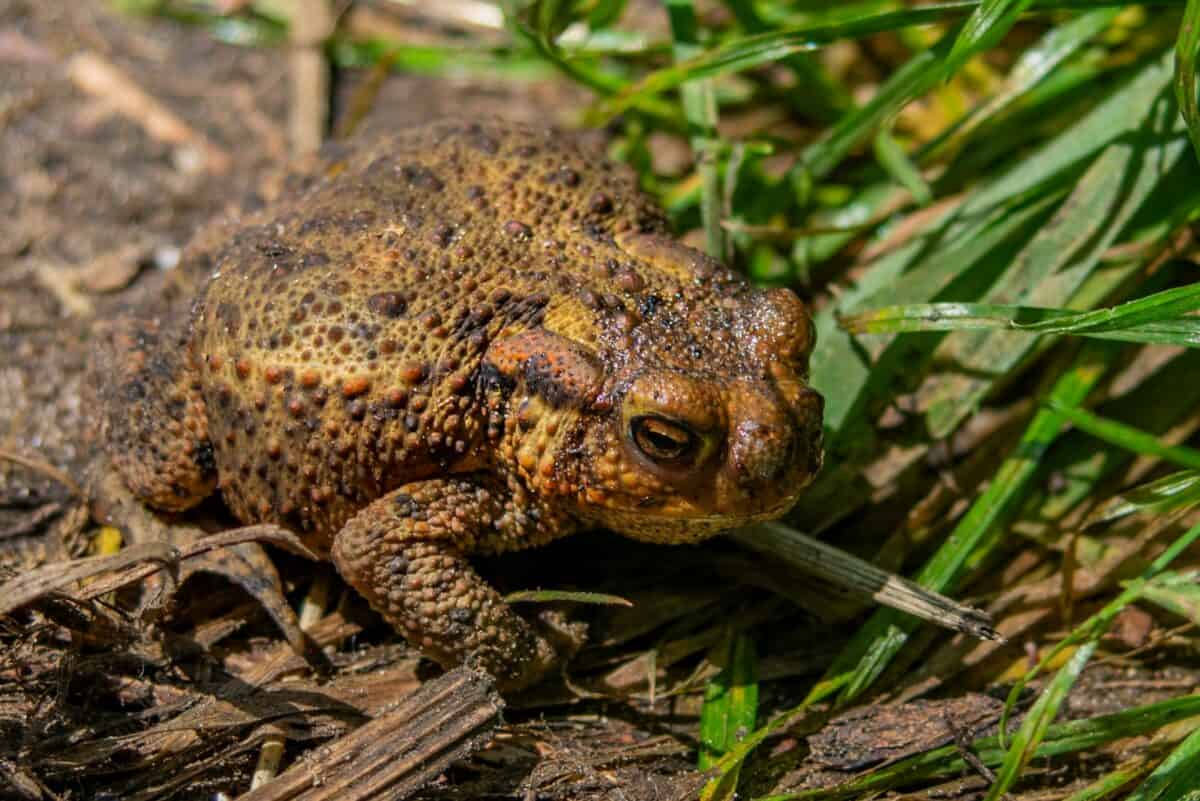
Cane toads made their American debut in the 1930s, brought in as a biological control method for pests ravaging sugarcane fields. While their pest-control prowess is notable, they quickly outnumbered the native species, and their appetites turned to an unsustainable consumption of local flora and fauna.
The Toads’ Explosive Growth
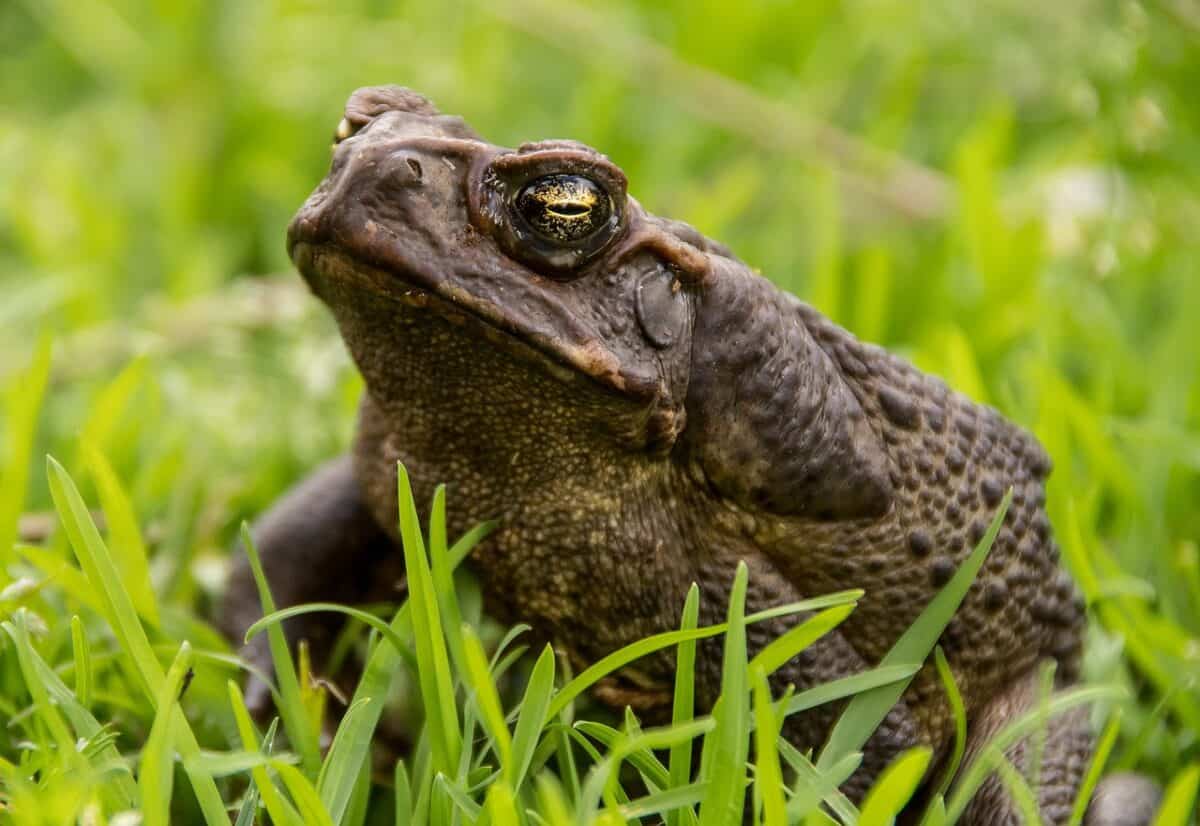
Lacking natural predators in their new habitats, the cane toad population exploded. The warm, moist conditions of American wetlands provided the perfect breeding grounds. A single clutch can result in the release of thousands of eggs, which grow into fully mature toads at a rapid pace, intensifying their environmental impact yearly.
Physical Characteristics and Adaptations
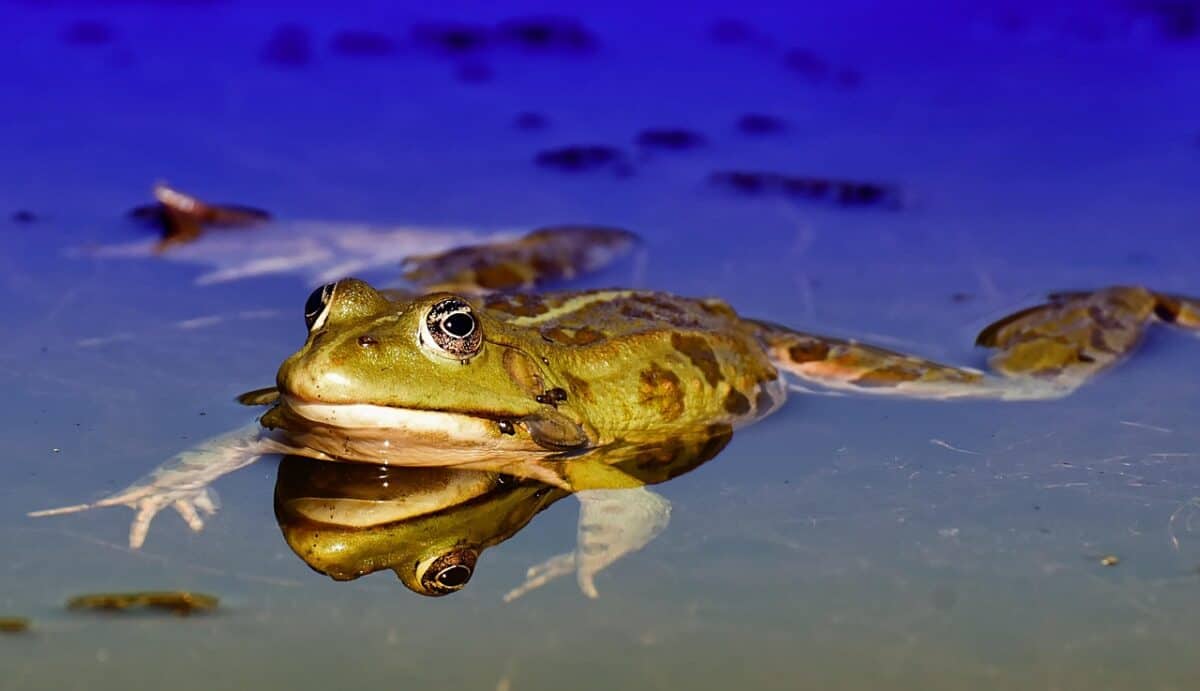
Cane toads are notably large, averaging around 4 to 6 inches in body length, though some have been found measuring over 9 inches. Their ability to both swim and survive in a range of conditions—from wet marshes to dry areas—makes them versatile invaders.
The Environmental Impact

The presence of cane toads has dramatically altered the wetlands they inhabit. These toads outcompete native species for food, often leading to the decline or extinction of local amphibian populations. Furthermore, their toxic secretions pose a fatal threat to many predatory species.
Toxic Defense Mechanisms
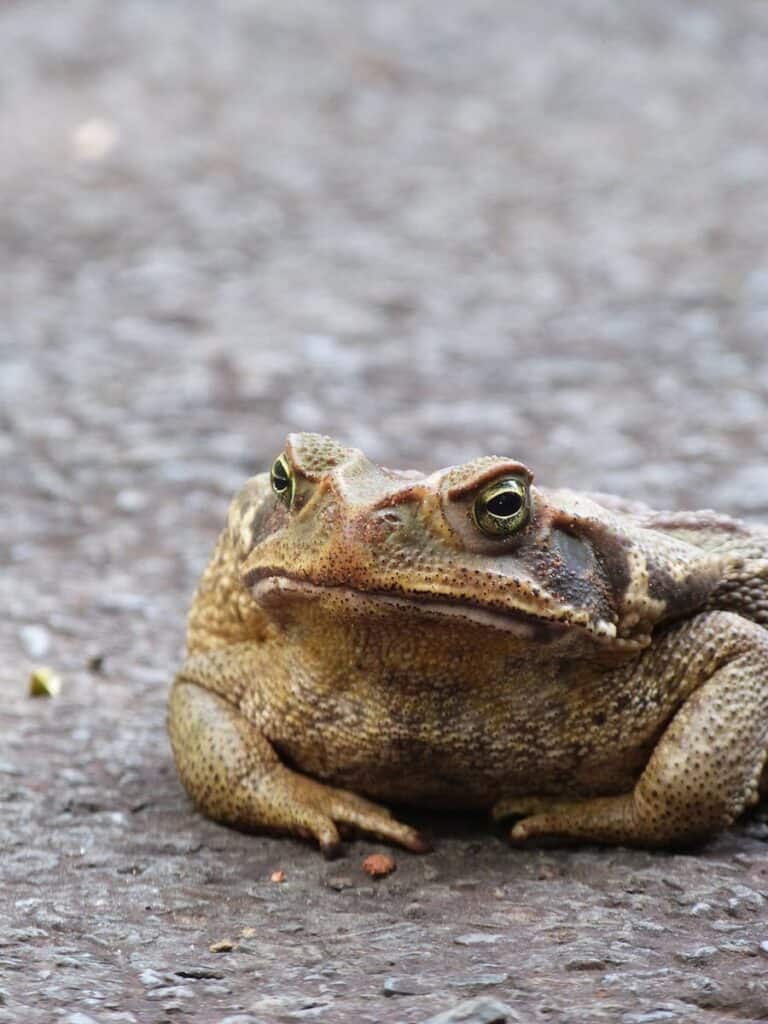
Cane toads secrete potent bufotoxins from glands in their skin when threatened. These toxins are lethal to most animals that attempt predation, offering the toads a considerable survival advantage but devastating any predators not adapted to them.
Ripple Effects on Biodiversity
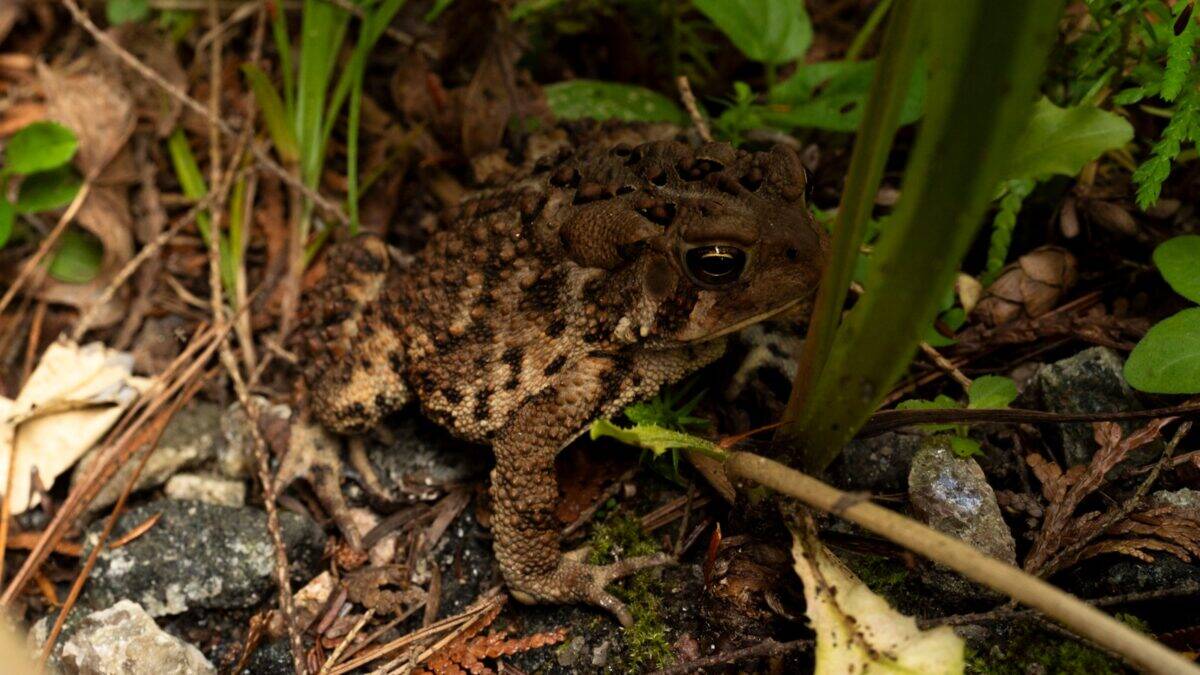
The unchecked spread of cane toads in these biodiverse ecosystems creates ripple effects across the food chain. Birds, reptiles, and small mammals that prey on toads find their populations declining, either from direct poisoning or the reduction of prey species.
Human Interactions: Pet Trade and Accidental Spread
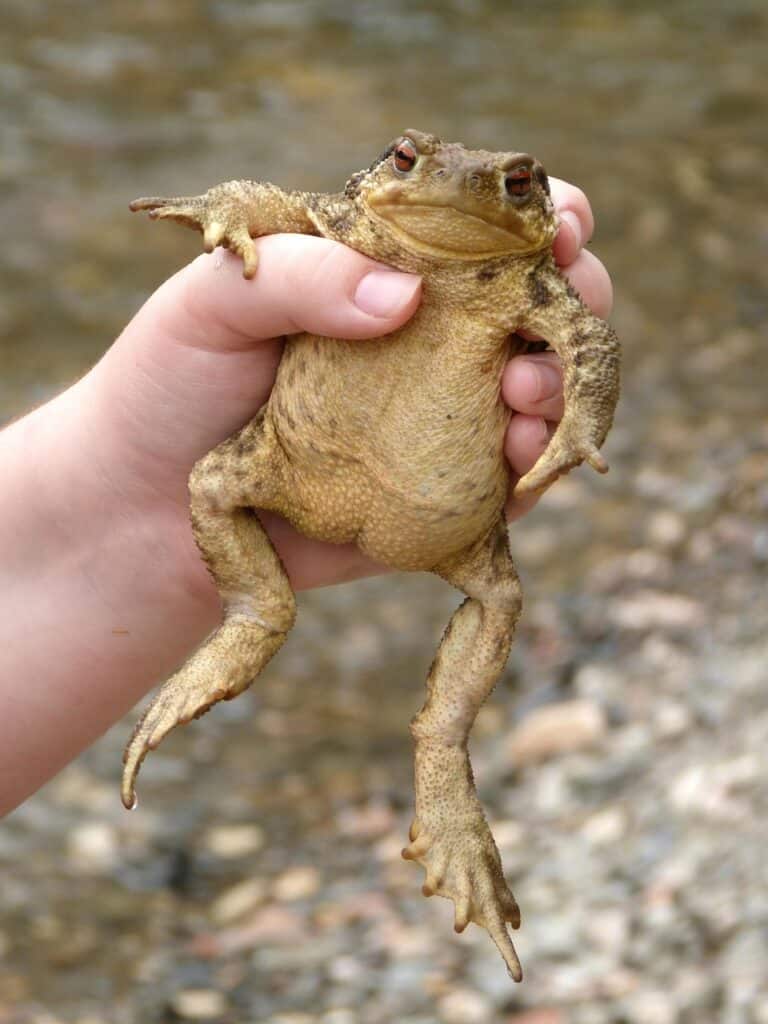
Beyond agricultural aims, the pet trade has inadvertently contributed to the spread of cane toads. Released or escaped pet toads establish populations outside of controlled environments, further exacerbating their invasive potential.
Conservation Efforts and Challenges
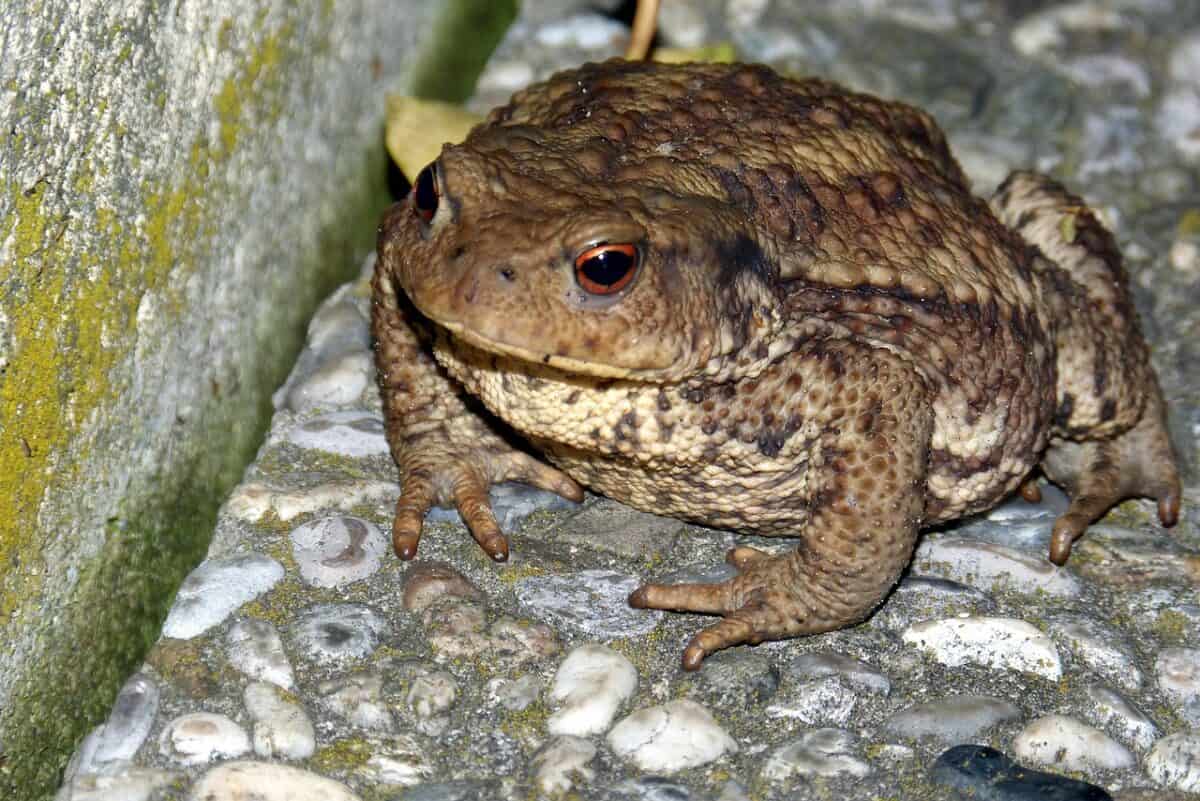
Efforts to control cane toad populations have proven challenging. Physical removal, use of barriers, and biological control methods are employed, yet none have provided a comprehensive solution. Education and prevention remain primary tools in managing their spread.
Lessons for Invasive Species Management
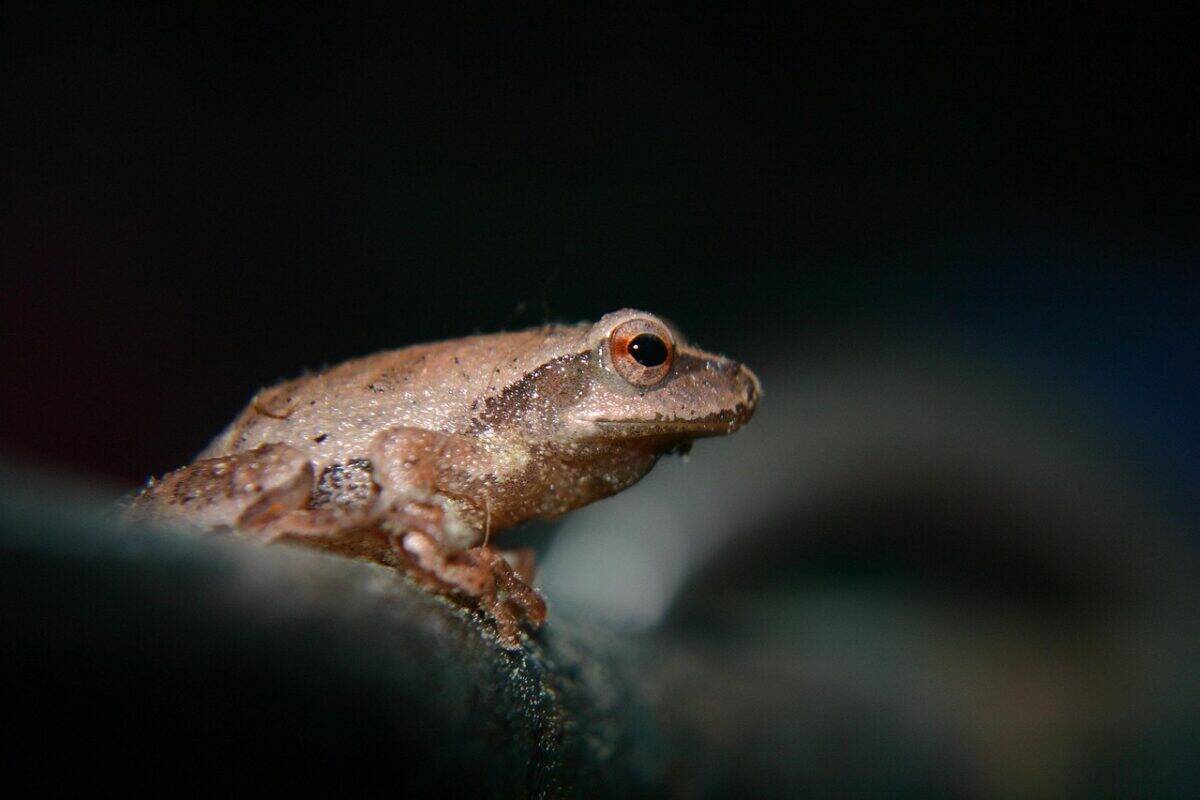
The rise and proliferation of cane toads underscore critical lessons in invasive species management. The necessity for rigorous study and controlled introduction to new environments is crucial to prevent similar ecological crises.
Future Research and Monitoring

Ongoing research aims to find effective measures to curb the spread of cane toads. Innovations in genetic engineering and behavioral studies may offer newer, sustainable approaches to preserve native ecosystems against this formidable invader.
Towards a Balanced Ecosystem
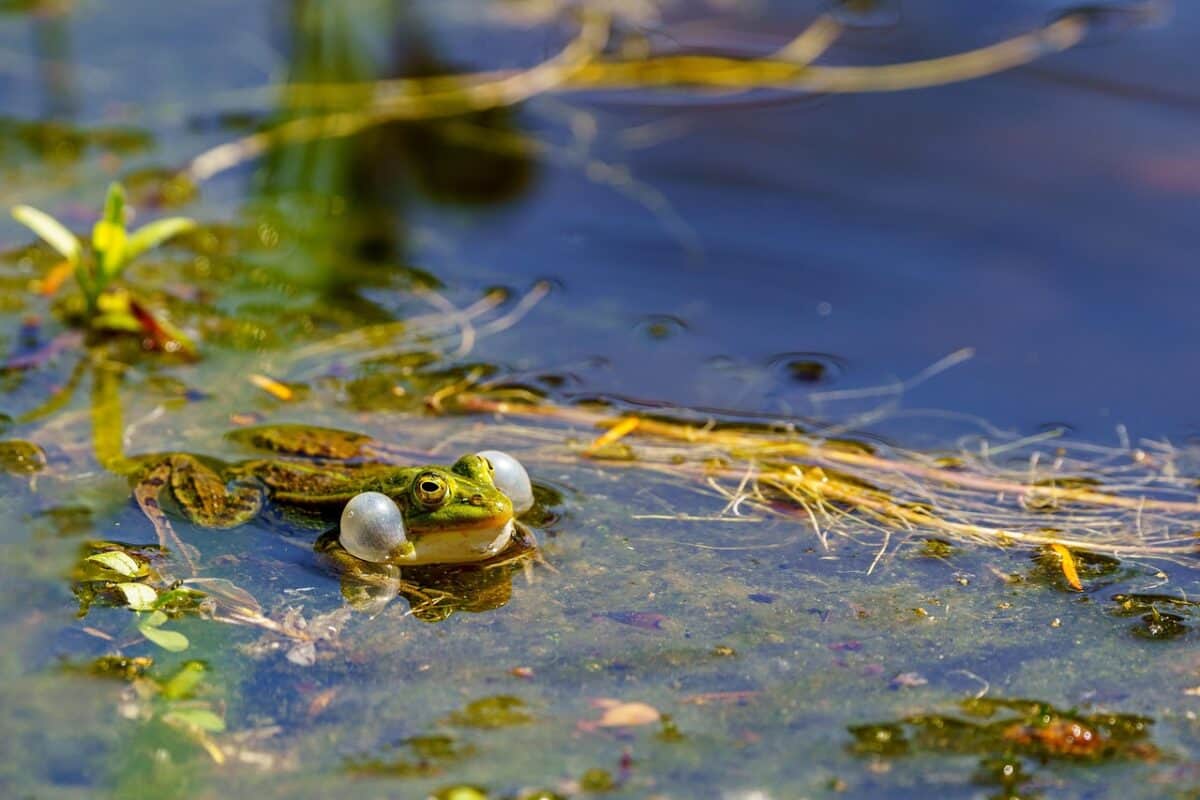
Restoring balance to American wetlands requires cooperation between scientists, policymakers, and communities. Through concerted efforts, it is possible to mitigate the adverse effects of cane toads and safeguard the rich biodiversity these wetlands harbor.
In summary, the story of the cane toad’s overrun of American wetlands is a cautionary tale echoing the complexities of human intervention in ecosystems. It serves as a reminder of the intricate interdependencies that bind us to our environment and the critical need for careful stewardship of our natural resources.
- Wildlife Encounters You Might Have on a Spring Hike - August 23, 2025
- Wildlife That Thrives in the Carolinas Year-Round - August 23, 2025
- The Role of Bears in Keeping Forests Healthy - August 23, 2025

